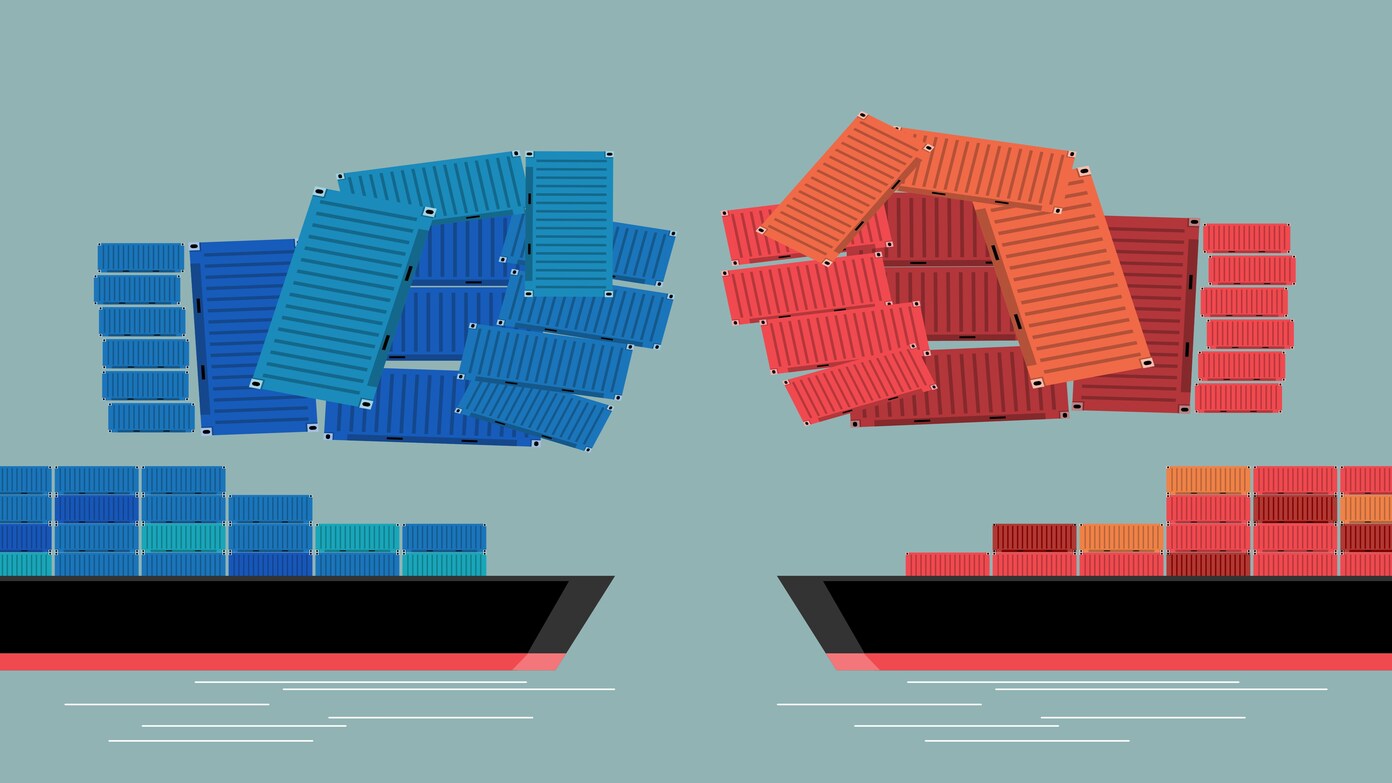President Donald Trump’s latest tariffs just kicked in, charging more than 60 countries and the EU 10% or more. They are all of his attempts to remake global trade and pressure other countries into better deals with the U.S. So, how will this impact you, the consumer?
Why are these tariffs happening?
Trump implemented these tariffs in April and referred to the day as “Liberation Day,” but he delayed their enforcement to allow countries to negotiate. Some countries did succeed in coming into new trade agreements with the U.S., but some did not, so now their products are taxed at a higher rate when they enter the U.S. market.
The purpose of the tariffs is to increase the cost of imported goods, thereby encouraging businesses and individuals to purchase American products instead. It’s also a way of bullying countries into changing their consumption patterns or curtailing behaviours America doesn’t approve of—like India’s buying and resale of Russian oil, for which Trump is critical of feeding Russia even while under Western sanctions.
What products are affected?
Tariffs are charged on a wide range of goods—everything from steel and cars to food and other miscellaneous items. As an example, Trump recently raised tariffs on Canadian steel and autos from 25% to 35% on America’s friendliest ally’s and closest neighbour’s products.
More than $43 billion worth of US goods have been hit with retaliatory tariffs by Canada as a result of these actions, so Canadian consumers are paying a little more for some US goods as well.
How does this affect prices for you?
As tariffs increase, importers must pay a greater tax to bring items into the U.S. Businesses will often pass this expense on to customers by selling them for a greater price. That implies everyday things—such as automobiles, appliances, clothing, or even food—are possibly more costly at the mall.
For example, if Canada is obligated to pay an additional tariff for cars or steel, they will transfer that cost to you when buying a car or a steel product.
But at the same time, tariffs are also meant to encourage people to buy American goods, and it is argued that this keeps America’s factory workers in jobs. But the majority of American companies utilize foreign components or foreign materials, so tariffs can also enhance local cost of manufacture and prices.
Read this much later:
- $15,000 to enter the USA: new Visa Bond program has visitors up in arms
- What does Trump doubling India’s tariff mean economic terms?
- What happened to Howard Stern? Is he getting fired?
- Trump takes aim at banks over political debanking
- These are the products that China exports the most to the United States and that it intends to raise the price of in the…
- Trump revamps tariff plan with new executive order raising tariffs on multiple countri
Who is most affected?
Poor consumers suffer the most, as they allocate a larger portion of their income to more expensive household items.
Businesses employing foreign raw materials can also end up paying higher prices, and this can result in increased prices or, worse still, loss of jobs if companies are cash-strapped.
Are you curious about what the future holds?
Trump has used the tool of tariffs as leverage with ferocity. Before imposing the tariffs, he initiated new trade deals with Japan, the UK, the EU, and South Korea. However, countries that are still in line for the deals are now facing increased levies.
The weather is volatile. Tariffs can rise or fall based on ongoing trade negotiations. Consumers otherwise have to prepare for possible hikes in prices of certain imported items.

